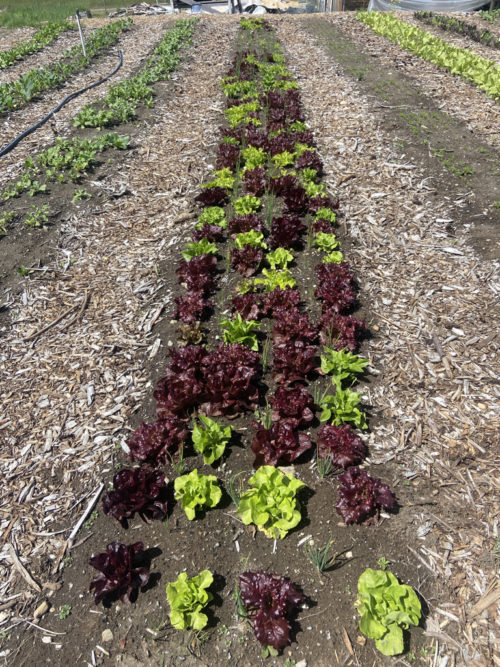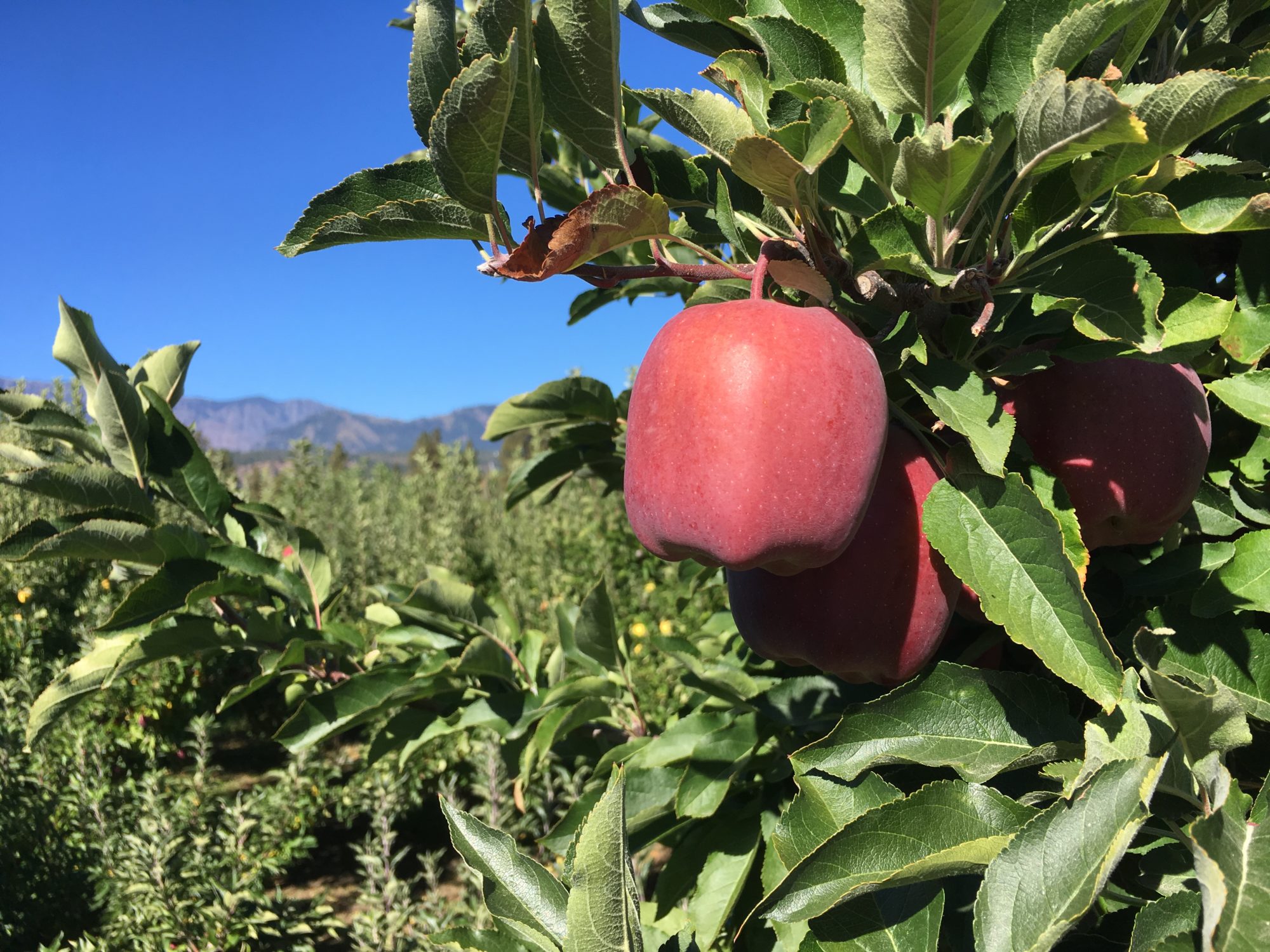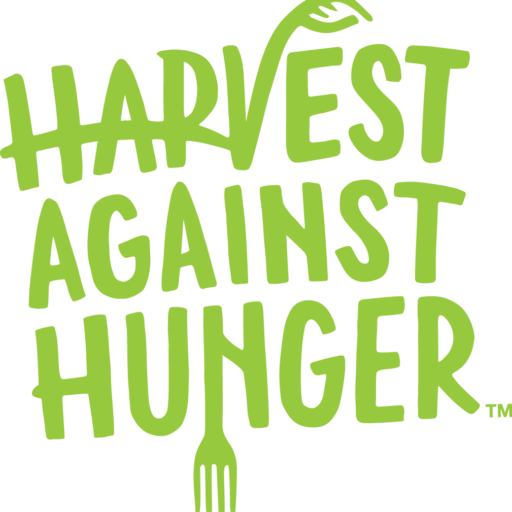
Creative Land-Use Projects are Changing the Emergency Food System
19 Jul 2022, by Admin in Harvest Blog, Elk Run Farm, South King County Food CoalitionAnaistasia is serving in the Harvest VISTA Program with South King County Food Coalition and Elk Run Farm in Washington as the Cultural Program Coordinator VISTA. Anaistasia discusses the ways in which South King County Food Coalition and Elk Run Farm are addressing systemic contributors to food insecurity in King County. They elaborate on the unique variety of hunger relief models from the current Coalition partners.
Shifting priorities have been necessary in the wake of COVID as Food Banks nationwide received mounting numbers of clients entirely reliant on emergency resources as their main, often only, source of food (link). Many emergency food programs have relied on versions of a “take-what-you-can-get” model, with few guidelines for acceptable foods. Reliance on corporate donors redistributing unsalable stock or lower quality produce, and individual donors dumping near-expiration canned goods and unwanted non-perishables, isn’t uncommon. Foods which are highly processed, low quality, or borderline unsafe are not hard to come by in many food banks. This approach to solving food insecurity comes from a place of desperation which can create stigma around seeking support from a food bank. Clients are often expected to accept anything they are offered, faced with difficult choices like going hungry or eating something that they may not even want or be able to eat.
Organizations such as South King County Food Coalition (SKCFC) support their member food banks’ fight to end food insecurity, and address systemic contributors to hunger and poor nourishment. 13 food banks are members of the coalition, participating in policy decisions and creative collaboration with other organizations in the emergency food and food justice space. Nutrition Standards of SKCFC reflect the latest evidence-based nutrition policy, such as the USDA’s MyPlate Dietary Guidelines, and are responsive to a need for fresh produce on food bank clients’ plates (link to SKCFC Standards). Food banks across the nation struggle to keep enough fresh produce available, and King County is not immune. The Coalition began Elk Run Farm in response to that need, offering locally grown high-quality produce directly to its food banks. Offering varieties of produce you would be hard-pressed to find anywhere other than a high-end grocery store, right alongside the common staples like peas, beets, and tomatoes. Elk Run operates on 4.5 acres of a reclaimed golf course in suburban Maple Valley, WA. Located on an easement beneath powerlines the farm takes advantage of the abundance of publicly controlled land often left to invasive blackberry and scotchbroom. Soil, water and nutrients are thoughtfully stewarded by the skilled women who manage the farm. Now, this plot of land grows 50+ varieties of food crops including mostly varieties of produce, cane fruits, berries, and many herbs.
Elk Run Farm’s impact has grown exponentially in partnership with Tahoma High School’s Plant Science class. Students are responsible for tending many of the farm’s crops from seed to transplant. Teaching basic plant biology, soil science, botany, and other agricultural industry skills along the way, the farm benefits from the school purchasing the seeds students learn to grow in class. Seeds varieties are selected by farm, primarily based on client preference, historic food bank demand, and culturally specific requests. New high tunnels, beehives, and a growing food forest have stretched the farm’s productive capacity in a relatively small space. While students grow a large percentage of the farm’s annual harvests, Interns and Summer Associates help distribute the farm’s produce by running a Free Farm Stand circuit that reaches each SKCFC food bank by the end of summer. Elk Run Farm really inspires and serves the next generation of food system leaders through this work.
The White Center Food Bank, an SKCFC member food bank, embodies an individual choice model through their grocery store-style shopping experience and community garden. Their community garden grows many hard-to-find and typically expensive varieties of produce. Clients are free to make their own food choices, and a substantial percentage of fresh produce has is harvested from raised beds in their parking lot (link). While this unique growing location on the blacktop provides a heat bubble for heat-loving plants which struggle in our temperate climate, it can create some limiting challenges. Their impending location change will be a huge hurdle, but their Community Farms & Facility Manager has expressed excitement over their growing space expanding from 1 location to 5. The expansion will provide different conditions, allowing them to grow a larger variety of cool-weather crops. Additionally, White Center Food Bank has stewarded a community gardens project which provides plots to support clients’ self-sufficiency in growing their own food.
Food Banks in King County are also beneficiaries of harvests from Seattle’s Department of Neighborhood’s P-Patch Community Gardens. Community-managed garden plots are available for free to those who meet certain requirements, or at a low annual cost to those above income requirements. Plots are usually raised beds, in-ground allotments, or container gardens. More than 50 gardens in Seattle maintain Giving Garden plots where volunteers plant and harvest locally grown food to donate directly to local food security organizations. In addition to Giving Gardens, some gardeners participate in a “Grow-A-Row” program where an area of their garden or a part of their harvest is donated. In 2021, 50 P-Patch gardens in Seattle donated 41,000+ pounds of produce to food security programs. (link).
Paradise Parking Plots Community Garden is a Kent, WA based project designed by World Relief Western Washington for immigrant and refugee neighbors. This community garden serves more than 50 families and represents 23 different countries, increasing food security across a population left out of public food security resources like SNAP. The organization continues to develop this program through planting a food forest and sustainable, cost-effective strategies like rainwater collection and composting.
These unique approaches are not unique to SKCFC, and that is a beautiful thing. The shared feature of these projects is a shift in approach, away from food insecurity as an emergent need to be met and instead toward food security as a human right. Everyone needs to eat, and abundant resources are available to meet that need—zero hunger is dependent on these types of creative solutions.


